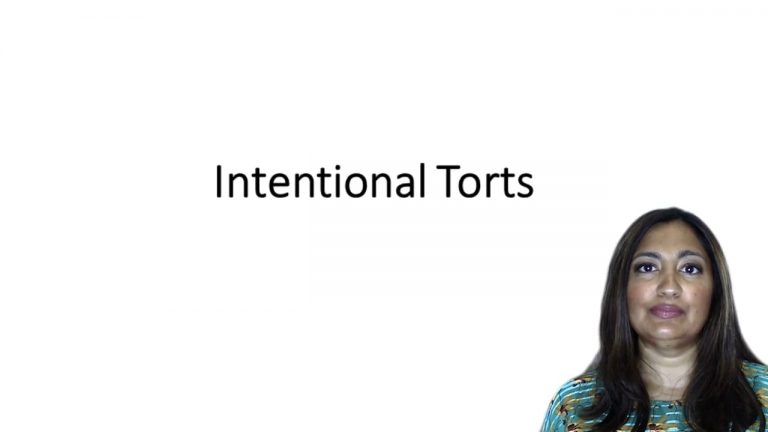SmartBrief
Confirm favorite deletion?
Torts Keyed to Underwood
Koffman v. Garnett
Citation:
574 S.E.2d 258 (Va. 2003)Facts
The defendant was apparently frustrated with the football teams tackling. Therefore, during practice, the defendant ordered the plaintiff to hold a football and “stand upright and motionless” while the defendant explained and demonstrated the proper tackling procedure to the team’s defensive players. The defendant then, without further warning, thrust his arms around the plaintiff’s body, lifted him above the ground, and then slammed him onto the ground. The force of the tackle broke the humerus bone in the plaintiff’s left arm. During prior practices, no coach had ever used physical force to instruct players on rules or techniques of playing football.
Only StudyBuddy Pro offers the complete Case Brief Anatomy*
Access the most important case brief elements for optimal case understanding.
*Case Brief Anatomy includes: Brief Prologue, Complete Case Brief, Brief Epilogue
- The Brief Prologue provides necessary case brief introductory information and includes:
Topic:
Identifies the topic of law and where this case fits within your course outline.Parties:
Identifies the cast of characters involved in the case.Procedural Posture & History:
Shares the case history with how lower courts have ruled on the matter.Case Key Terms, Acts, Doctrines, etc.:
A case specific Legal Term Dictionary.Case Doctrines, Acts, Statutes, Amendments and Treatises:
Identifies and Defines Legal Authority used in this case.
- The Case Brief is the complete case summarized and authored in the traditional Law School I.R.A.C. format. The Pro case brief includes:
Brief Facts:
A Synopsis of the Facts of the case.Rule of Law:
Identifies the Legal Principle the Court used in deciding the case.Facts:
What are the factual circumstances that gave rise to the civil or criminal case? What is the relationship of the Parties that are involved in the case.Issue(s):
Lists the Questions of Law that are raised by the Facts of the case.Holding:
Shares the Court's answer to the legal questions raised in the issue.Concurring / Dissenting Opinions:
Includes valuable concurring or dissenting opinions and their key points.Reasoning and Analysis:
Identifies the chain of argument(s) which led the judges to rule as they did.
- The Brief Prologue closes the case brief with important forward-looking discussion and includes:
Policy:
Identifies the Policy if any that has been established by the case.Court Direction:
Shares where the Court went from here for this case.
Topic Resources
Topic Outline
Topic Charts & Notes

 22m 47s
22m 47s